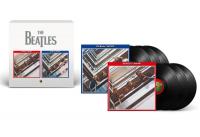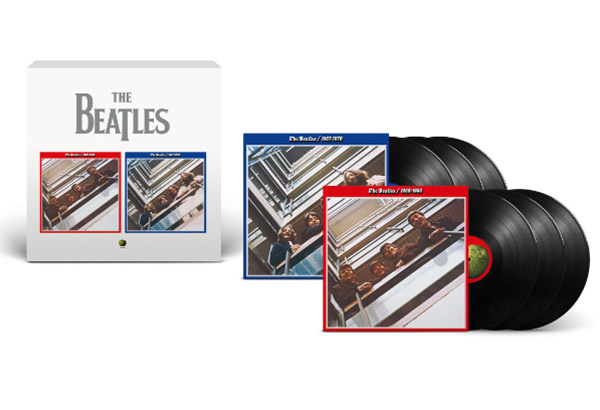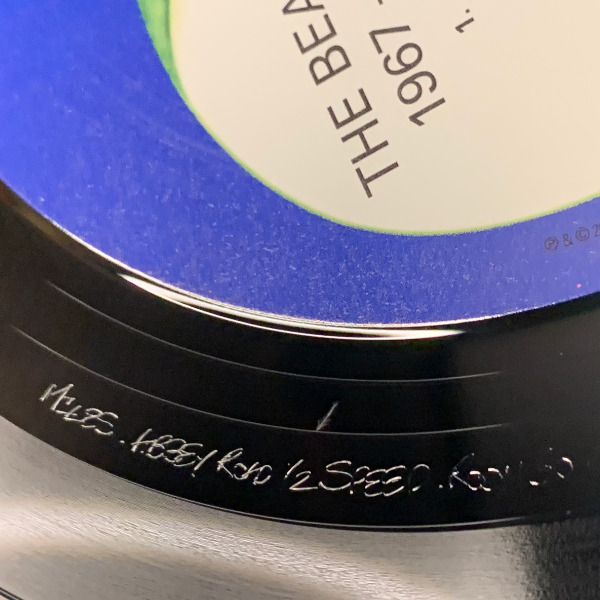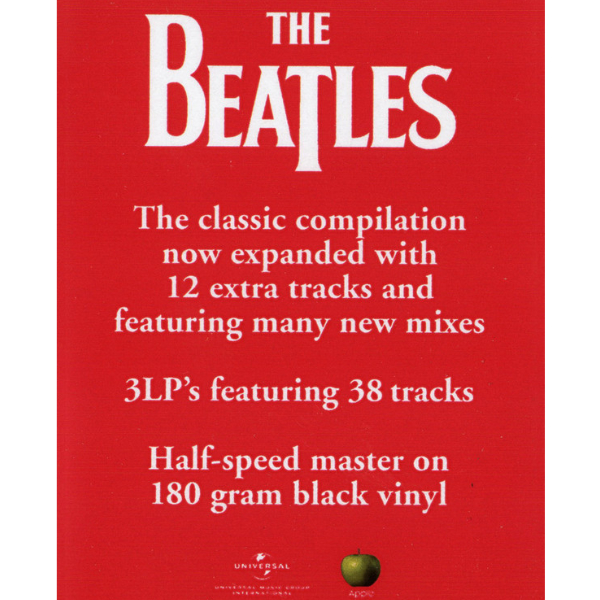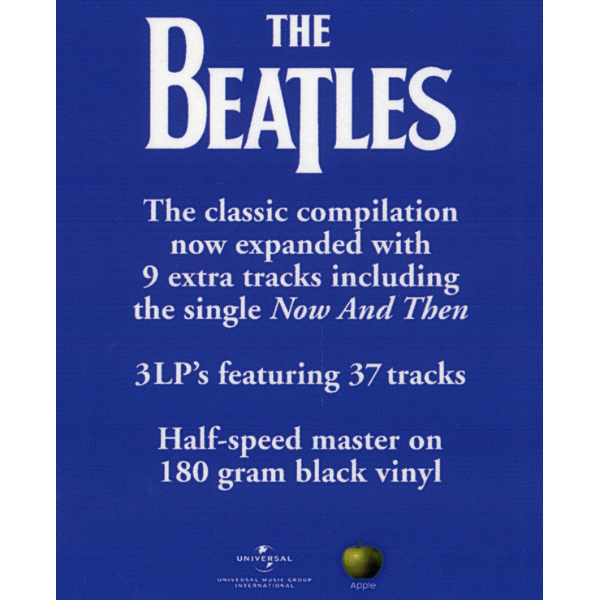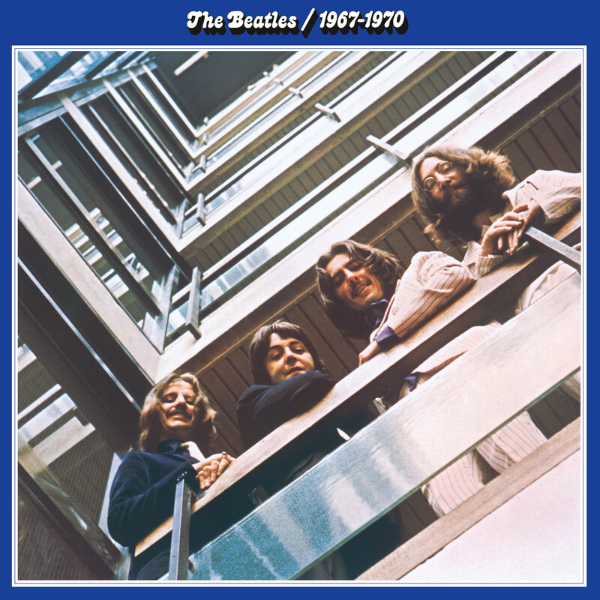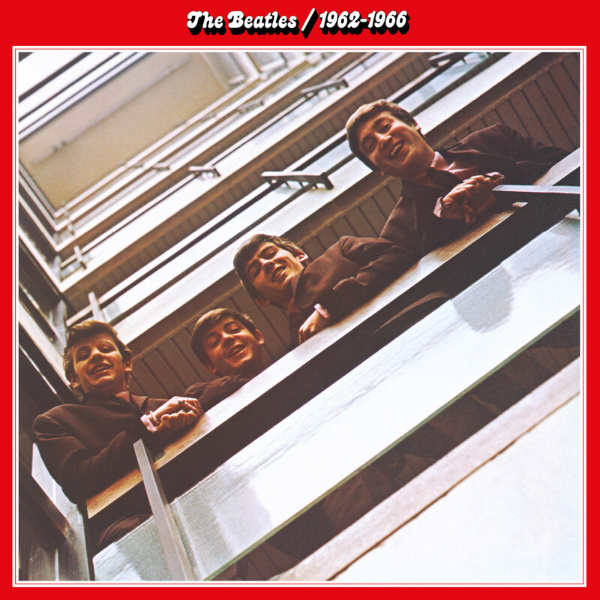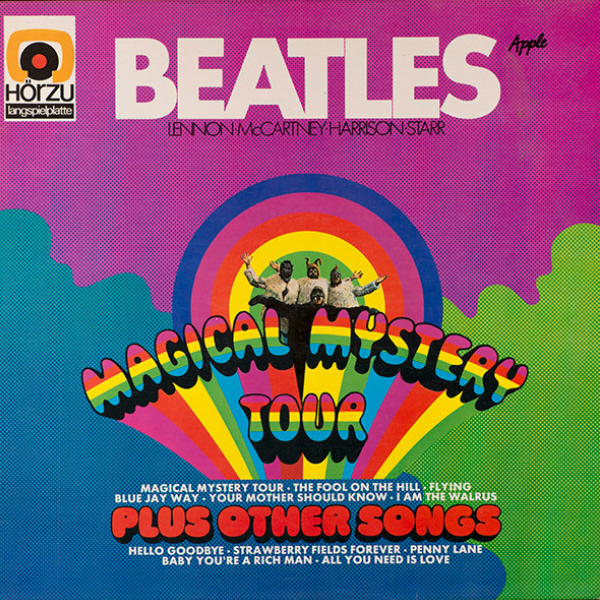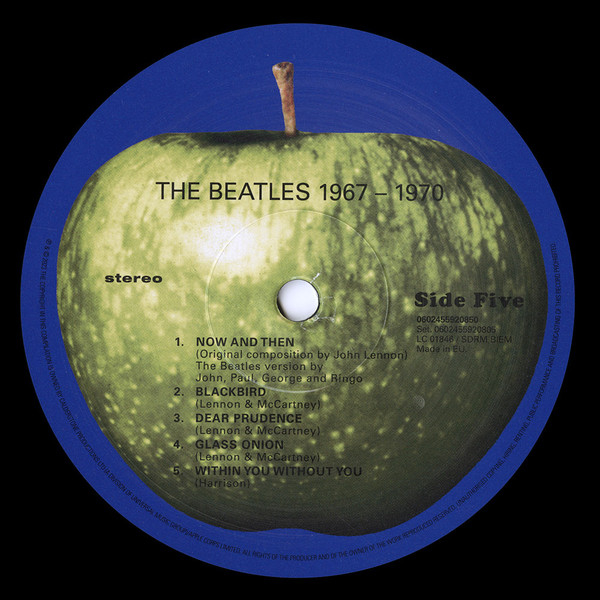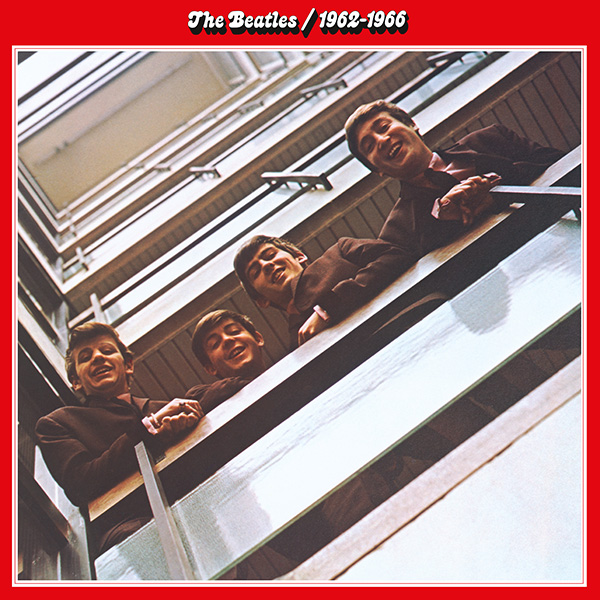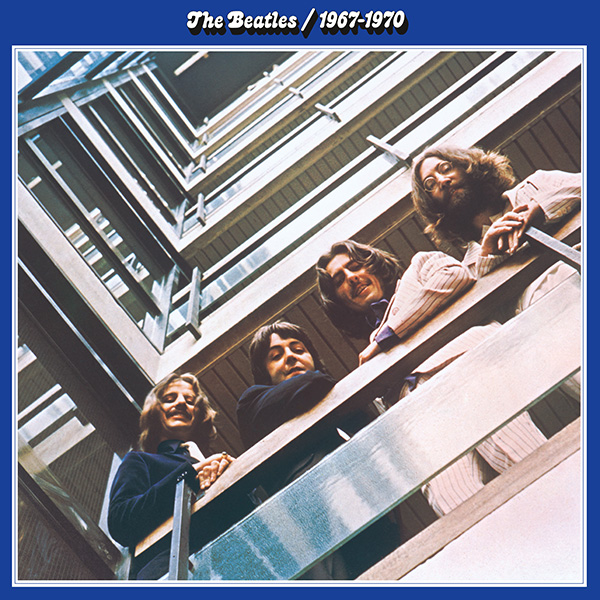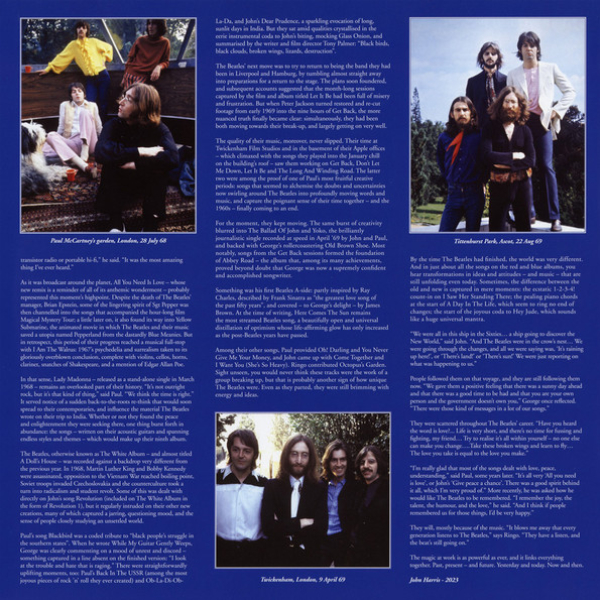Thanks! Have to disagree with you about the sound and the score of 8 you awarded. The sound is spectacular on this release, She Loves You notwithstanding, and is easily a 10, minimum. There is no comparison between the sonics on these records and the original Red and Blue OGs. And compared to the original originals, forget it...the new mixes crush their hard-panned butts.
Some may be dissuaded from purchasing by an 8 score. Don’t be y’all...the new Red and Blue are too wonderful to pass up.
